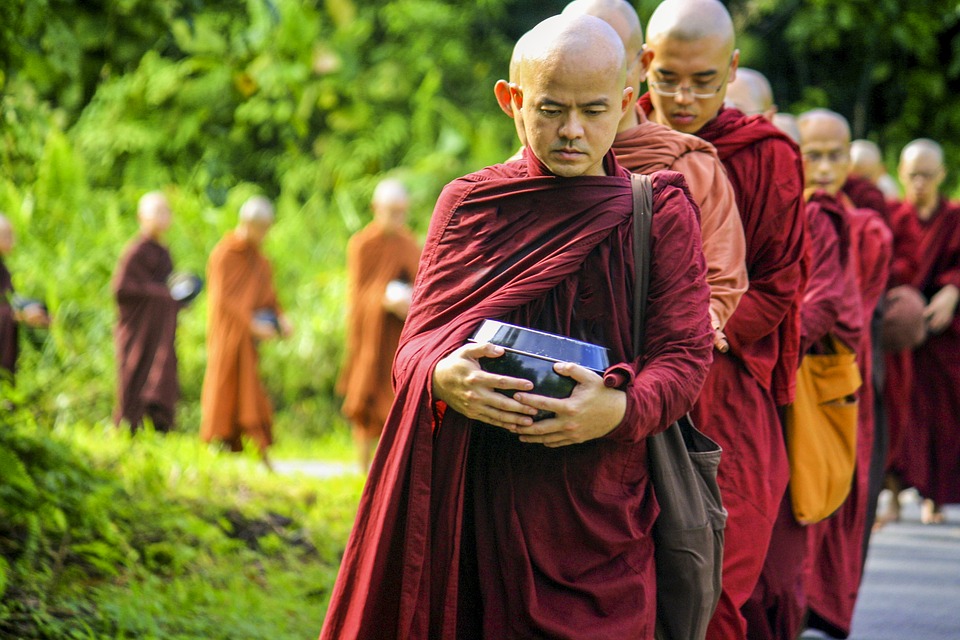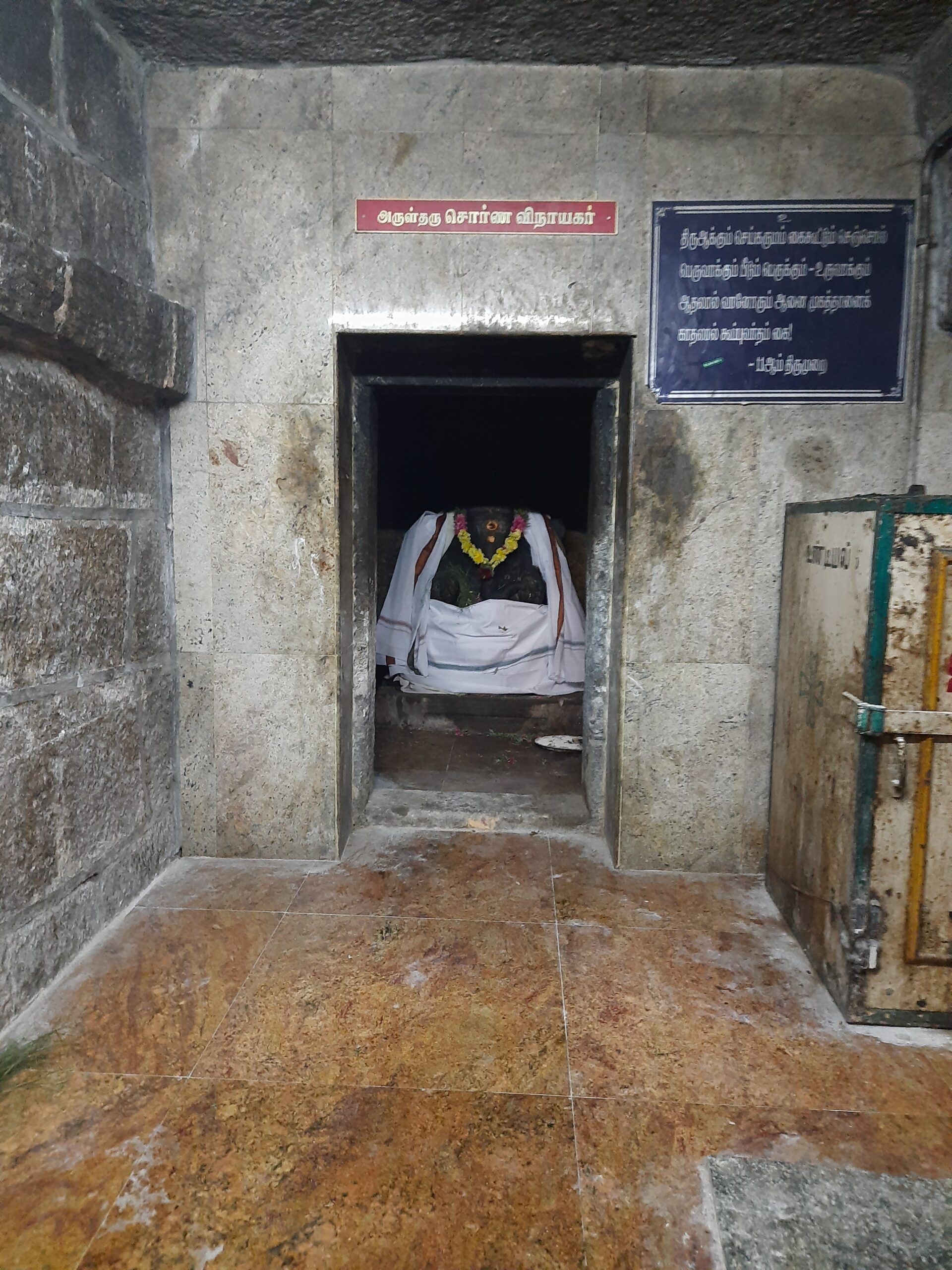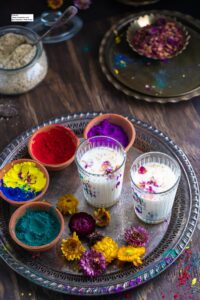Post By: Vishwanath Iyer Published on: December 24, 2016 Reading time: 7 minutes

Dharma is not a belief. It is a practice, a way of life. This means that dharma requires and ensures that people live in harmony with the natural frequencies of nature.
For example – the dhārmic structure of Hindus is designed to ensure balance and harmony in the way people live, making it a way of life.
This is why sanātana-dharma is often called a way of life.
 Since many of these ceremonies are performed at the temple, the temple becomes a centre of wellbeing of the people. So, the temple becomes the anchor of dharma and society.
Since many of these ceremonies are performed at the temple, the temple becomes a centre of wellbeing of the people. So, the temple becomes the anchor of dharma and society.
It is important to recognise the differencee between God as proscribed by Abrahamic faith and sanātana-dharma. Abrahamic faiths are a faith, hence the practitioner must believe in the existence of God. In sanātana-dharma, there is no such requirement because sanātana-dharma is not a faith or belief system, it is a practice where people choose a deity as a role model to transcent transient reality (māyā).
So, people of sanātana-dharma are not restricted to a belief in God. They are given the option of worshipping deities according to their personal preferences.
Adi Shankara has classified six major schools of worship (shan-matha-bodham), these being śaivam (worship of Śiva), śāktyam (worship of Śakti), vaiṣṇavam (worship of Vishnu), śauryam (worship of Sūrya or Sun), gaṇapāṭyam (worship of Gaṇeśa) and kaumāram (worship of Kumāra or Karthik).
Furthermore, in addition to the above major schools, there are multiple smaller deities. For example, embedded in śauryam is worship of nava-graha (nine planets), in the form or Sun (sūrya), Moon (soma), Mars (maṅgala), Mercury (budha), Jupiter (guru/ bṛhaspati), Venus (śukra), Saturn (śani), Solar-node (rāhu) and Lunar-node (ketú). Actually, rāhu and ketú have no real Western equivalence, calling them nodes is for convenience only.
Importantly, all Hindus are expected to perform pañca-maha-yajñá (five major sacrifices) everyday. The pañca-maha-yajñá are rishi-yajñá or sacrifice to those who give conceptual understanding to life, deva-yajñá (sacrifice to the deities, which can include kula-devata or family deity, iṣṭadeva or personal deity, grāma-devata or village deities etc.), pitṛ-yajñá or sacrifice to the ancestors who gave us life, bhu-yajñá or sacrifice to nature for food and other resources and manuṣya-yajñá or sacrifice to other humans in the form of food, clothing, shelter etc. Since sacrifice is woven into the Hindu way of life, Hindus are naturally and uniquely sensitive to all creation.

Additionally, Hindus festivals are uniquely aligned with seasons. In fact, Hindus recognise the electromagnetic impact of various planets on individuals and celebrate various conjunctions and planetary transits. This is the level of sensitivity of Hindus with their existentiality.
Hindus also recognize that dharma must change as one ages, this is called āśrama. The four āśrama are brahmacarya-āśrama (stage of youth), grahastāśrama (stage of a house-holder), vānaprasthāśrama (stage of retirement) and sannyasāśrama (stage of renunciation).
Lastly, dharma changes with respect to puruṣārtha or life-objectives, these being artha (material outcome), kāma (outcome driven by desire), dharma (outcome driven by desire for order and harmony) and mokṣa (outcome driven by transcendence).
Finally, dharma is driven by kāla (time), sthala (place) and pātra (plate). This means that dharma is modulated by place and what one eats at various times of the day.
All this is conveyed by language (shruti) that is unique to each people. Together, they form the culture (saṁskṛti) of Bhārat. When this is integrated into the political system (rājya), it becomes the civilisation (rāṣṭra).
One can see the granularity to which dharma has been defined and codified as well as the open structure of its construct, which allows accommodation of all forms of opinions, behaviours and personalities (svabhāva). This is how living becomes universal and gets called a life-system or sanātana-dharma in Bhārat.
However, it is important to recognize the despite the codification, the key driver of dharma is only one, that is that there are multiple paths to the Truth (Brahman) and the objective of life is to find it. Since, each person may follow his or her own unique path, development of awareness (prajñā) through Yoga, tolerance of other paths is hardwired into practitioners of sanātana-dharma way of living.
Unfortunately, it also makes this open-format way of life vulnerable to religions which have very different views on life and living. This results in confrontation and destruction of harmony as well as increase in strife and chaos (adharma).
Whenever action conforms to the natural state of any entity, there is no agitation. Therefore, the natural state of dharma is a state of peace or harmony.
However, when action is performed counter to the natural state of any entity, there is disturbance and this is called adharma (chaos/ contrary to the natural state).
Consequently, when a cow is fed with meat, it is adharma (against its natural state) and the consequence to the cow falls sick with “mad cow disease”.
Importantly, dharma or natural state is a self-righting system. For example, when nature is not respected and exploited, it rights itself by inducing climate change. That is why Manu-smriti declares dharmo-rakshati-rakshitaha (dharma protects those that protect it).
Internal Tags: Self Awareness or Asmita, Karma
External Tags: homeostasis